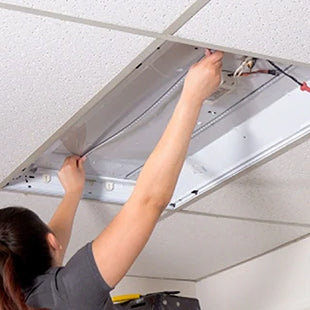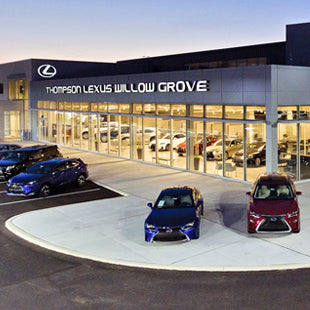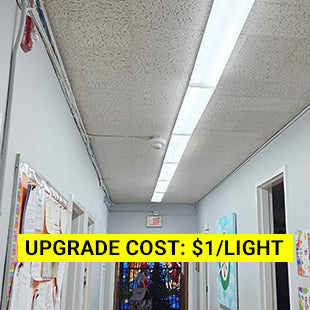What do you do when you need to replace high-energy lights—metal halide bulbs, sodium vapor, CFL, halogen, etc.—but don't want to deal with the expense and disruption of replacing the entire fixture—when you simply want to, literally, change out a light bulb?
Let me introduce you to "corn lights" (also known as "corncob lights.") These LED light bulbs are screw-in replacement bulbs for E26 and E39 light fixtures. Coming in at roughly 1/3rd the energy consumption of the lights they replace, corn lights can drastically reduce your light bill.
These are not the prettiest bulbs ever made. They're called "corncob" lights for a reason. But they put out extremely bright light while using little wattage without forcing you to replace your fixtures. They also put out 360? of light, just like the older-technology bulbs you're used to. Check out our LED corn light bulbs to see the range of brightness we offer, along with the dramatic drop in wattage you'll get.
Now, it's not entirely as simple as unscrewing your old bulb and screwing the new one in. If your fixture has a ballast, you'll need to do a few quick minutes of rewiring to bypass it, so that power goes directly to the socket. But, just as with retrofitting fluorescent linear fixtures for LED tube lights, it's pretty painless, especially compared to putting in new fixtures. Our corn lights come with easy-to-follow installation instructions, and if you have any problems, you can always pick up the phone and contact us for assistance.
These ultra-bright light bulbs are used in place of CFL, incandescent, halogen, metal halide, high-pressure sodium, mercury vapor, and other higher-energy-consumption light bulbs in a wide variety of applications, including:
- high and low bay fixtures
- wall packs and sconces
- canopy and globe fixtures
- parking lot lights
- street lights
- post lights
Our LED corn lights can be used indoors or out, and they bring not only a huge savings in your energy bill but their operating life—50,000 hours on average—significantly reduces the number of times you'll have to change out a dead bulb over your lifetime.





